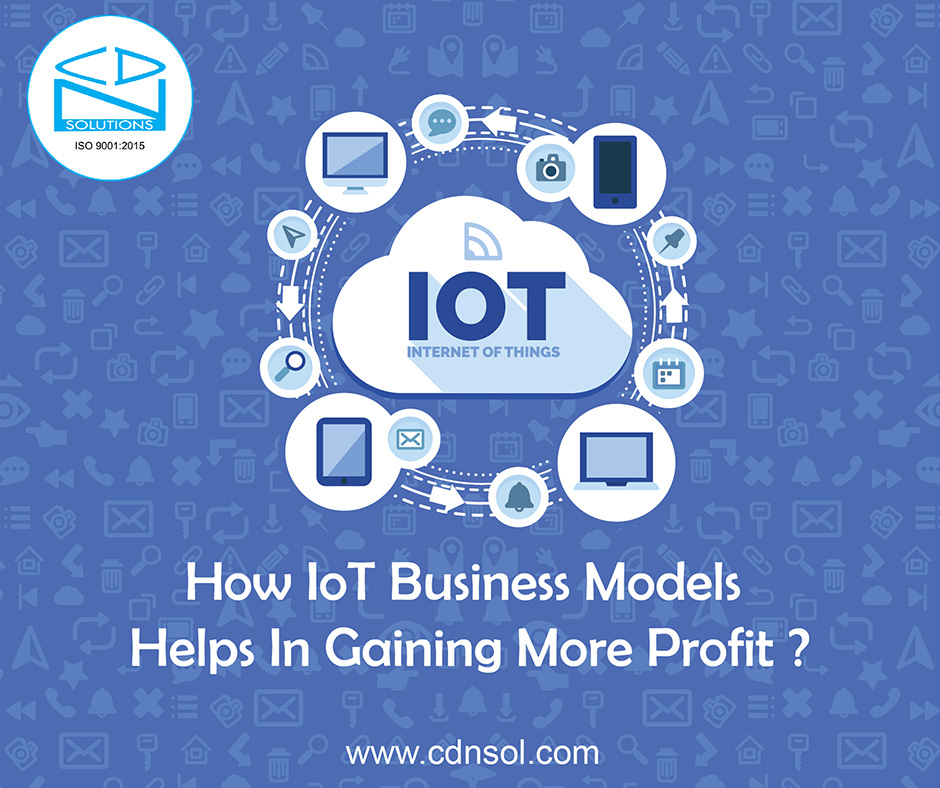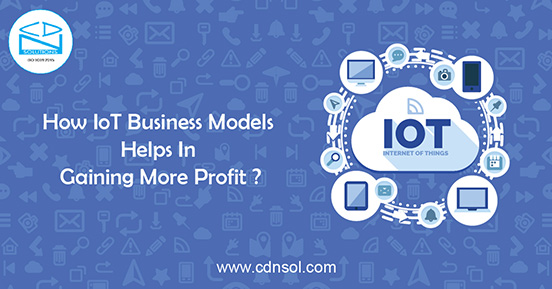 The fast development of the Internet of things (IoT) will proceed into 2020 and beyond. We have now arrived at the final turning point. The world depends vigorously on associated devices and proceeded with development in the fields of AI, machine learning, and voice-controlled devices is driving further development. From connected coffee candy machines, stockroom picking robots and city lighting, to shrewd speakers, lawnmowers and showcases, IoT is progressively turning out to be a piece of our day-to-day lives across production lines, shops, homes, and workplaces. It’s in any event affecting critical social change.
The fast development of the Internet of things (IoT) will proceed into 2020 and beyond. We have now arrived at the final turning point. The world depends vigorously on associated devices and proceeded with development in the fields of AI, machine learning, and voice-controlled devices is driving further development. From connected coffee candy machines, stockroom picking robots and city lighting, to shrewd speakers, lawnmowers and showcases, IoT is progressively turning out to be a piece of our day-to-day lives across production lines, shops, homes, and workplaces. It’s in any event affecting critical social change.
The ongoing dispatch of Facebook’s Portal is an incredible case of troublesome plug-and-play innovation that is connecting individuals, using existing devices and changing how we impart. It may not prevail regarding increasing mass reception, however, what’s reasonable is that how innovation is incorporated into our lives is advancing fundamentally, effortlessly, of utilization upfront.
All incredible news for OEMs and, without a doubt, any firm that produces or sells associated things. It’s uplifting news for all of us, truly, since IoT guarantees a lot simpler and increasingly effective client experience both at work and home – and it’s a guarantee that is now turning into a reality. If development creating, sending and overseeing IoT devices from a business point of view was direct in any case. Presently, it’s not. Also, that is the test that makers should survive on the off chance that they will appreciate the full advantages of following extraordinary innovative disruptors and harvesting the benefits in a like manner.
Table of Contents
What is an IoT Business Model, Anyway?
Before making a plunge, let’s have a pause for a minute to characterize an IoT plan of action or a business model. In his book, Alexander defines “A model depicts the method of reasoning of how an association creates, delivers, conveys, and catches value.”
With the help of this definition, one can illustrate the responsibility product manager has to deliver the items and should focus on the value. In the IoT world, it’s extremely common to see items that add sensors to a current item, show the information on a dashboard, and call it “value.” That ought to clarify why organizations are not getting a footing in the market. The worth isn’t generally the. IoT business model may be divided into two parts
- Centers for capturing and delivering value.
- Use one of the unique qualities of IoT results of having every minute of everyday availability to your client’s condition to create imaginative and separate worth.
Since we have a definition, we should take a gander at seven of the top IoT Business models (in no specific request).
1. IoT Business Model: Subscription Model:-
IoT business products have connection 24×7 to the end-user, you can use that network to build up a repetitive income model. Presently, as opposed to making some one-memory deal, you can offer a membership model in which your client pays a charge as an end-result of ceaseless worth. A business subscription model empowers your IoT product to execute a lot of the benefits accessible to programming just items. Essentially, you are presenting an “As a Service” model for a framework that incorporates both software and hardware.
By utilizing SaaS models as a reference for your IoT business model, you can investigate innovative approaches to adapt your product, with a month-to-month membership, yet also by giving paid overhauls or in any event, actualizing a “freemium” business model, if your technique underpins it.
2. IoT Business Model: Outcome-Based Model:-
The result based IoT model for business is a case of an inventive methodology empowered by IoT items. The thought is for clients to pay for the result (or advantage) the item gives, instead of the item itself. Recollect the expression, “Individuals don’t purchase drills, they purchase holes?” Well, the result based model works similarly. Clients pay for the “openings holes,” instead of paying for the drill. For instance, think about a water siphon producer. Previously, their business spun around selling siphons, and they estimated accomplishment by meeting portion on a specific number of siphons per quarter. Be that as it may, how about we be genuine. Clients are not hoping to purchase a siphon. They are hoping to move water from direct A toward point B for some reason. They need water to cool another framework, to water plants, or to control a generator. Moving water from guide A toward point B is the genuine need of this client.
Envision a refined siphon producer who makes a cutting edge siphon that screens the measure of water it siphons. The producer would now be able to converse with the client in the language they care about: the measure of water siphoned (like “gaps drive”). Right now, the client isn’t purchasing a siphon. Rather, they are paying a variable charge each month for the measure of water they source. They are paying for the result, which is a water source.
Your organization can be innovative when executing a result based IoT business model. For instance, you (the producer) can choose whether you’ll rent or sell the siphons. If the client is keen on the result (water sourced), at that point they might not have any desire to have a deteriorating resource (the siphon) on their asset report. Thus, having them pay for the water sourced, rather than paying for the siphon itself, can diminish the client’s issue with purchasing costly gear.
3. IoT Business Model: Asset-Sharing Model:-
A major concern when purchasing costly gear is whether the client will have the option to use the hardware to its greatest limit. This is where sharing resources becomes an integral factor. We are beginning to see this IoT model as of now with vehicle sharing or bicycle sharing organizations. Consider it like this: for what reason do I have to follow through on for the full cost of a vehicle if it will be left outside my home 90% of the time. Might I be able to simply pay for the measure of the vehicle I use? IoT can possibly take care of this issue, and we are as of now beginning to see arrangements with self-driving vehicles, virtual force plants, shared automatons, and so on.
The IoT business model rotates around selling your additional limit over into the market. The objective is to expand the use of your IoT item over numerous clients. That way, every client follows through on a diminished cost and you can get quicker market infiltration, contrasted with when a solitary client needs to pay for your total product.
Right now, model, the batteries are a common resource between the structure and the Electric Grid. This methodology permitted clients to get frameworks at a discounted cost since they didn’t need to worry about the concern of paying for the entire framework, regardless of whether they utilize the additional limit or not.
You may be thinking, “Why not simply introduce a littler battery?” It’s a reasonable inquiry. Now and then, they don’t make littler batteries (or littler siphons, or turbines, and so forth.). The vast majority of these frameworks are exceptionally perplexing, so you can’t get custom sizes. You can either discard that additional limit or make sense of an approach to adapt it. This is where the insight incorporated with IoT items can support you.
There are few more models like a razor blade, pay-per-usage, etc. To learn more about these models, you can get in touch with CDN Solutions Group, the leading solution provider.

